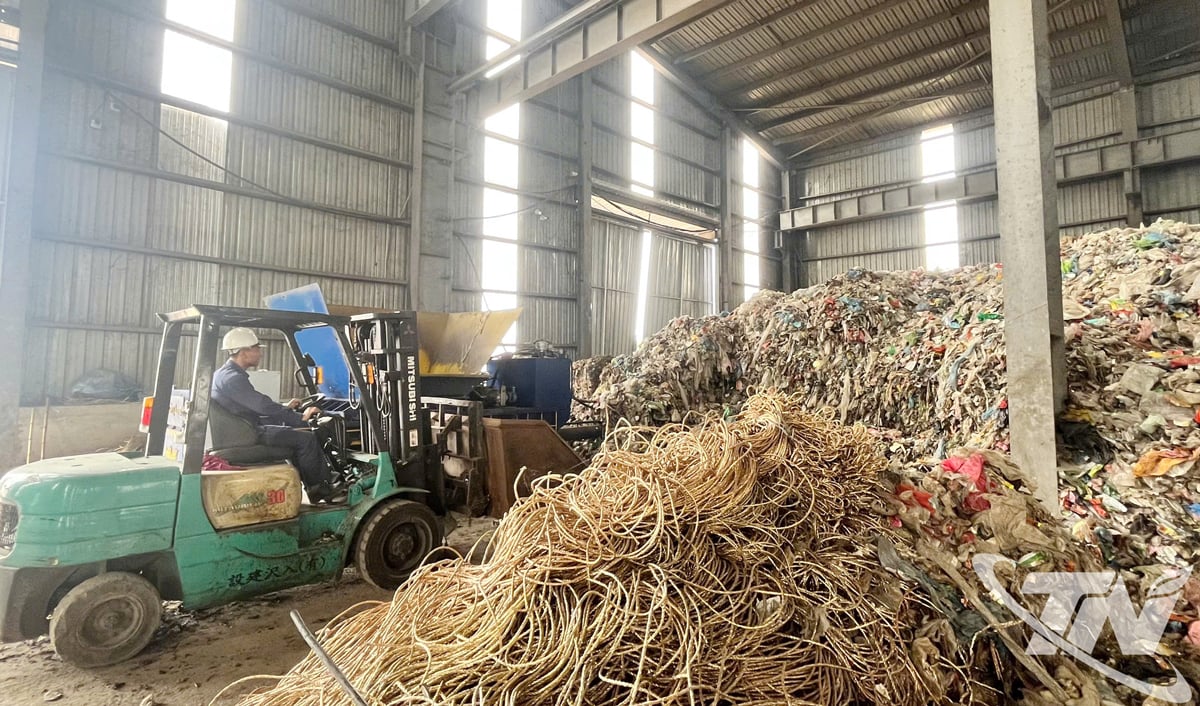 |
| Song Cong Environment Company Limited enhances waste treatment after floods. |
Water recedes, rubbish remains
After the flood, the whole Thai Nguyen province had about 10,000 - 12,000 tons of garbage and mud generated in just a few days. Garbage flooded from the center of the province to the wards and communes along the river, all over the streets, in the markets, around schools and hospitals.
To handle the large amount of waste, the Department of Construction, the Department of Agriculture and Environment mobilized 18 excavators, more than 120 trucks, hundreds of workers, police, army, and militia forces. The general environmental cleanup began as soon as the water receded.
Mr. Pham Hieu Chung, Deputy General Director of Thai Nguyen Urban Environment and Construction Joint Stock Company, shared: From October 9 to now, the Company has mobilized nearly 600 staff and workers, nearly 100 vehicles, to collect and transport more than 25,000 tons of garbage to Da Mai landfill - 10 times the average daily volume.
After the flood, the amount of garbage is not only large but also diverse, from household waste, mud, wet waste, industrial waste to broken furniture and broken construction materials.... To handle it, Thai Nguyen Urban Environment and Construction Joint Stock Company and local authorities have set up temporary collection points in the walking street, Tuc Duyen area, Thinh Dan and Quang Vinh football field. This is both a place to transfer garbage and reduce the load of garbage before bringing it to Da Mai landfill - the final route of the process.
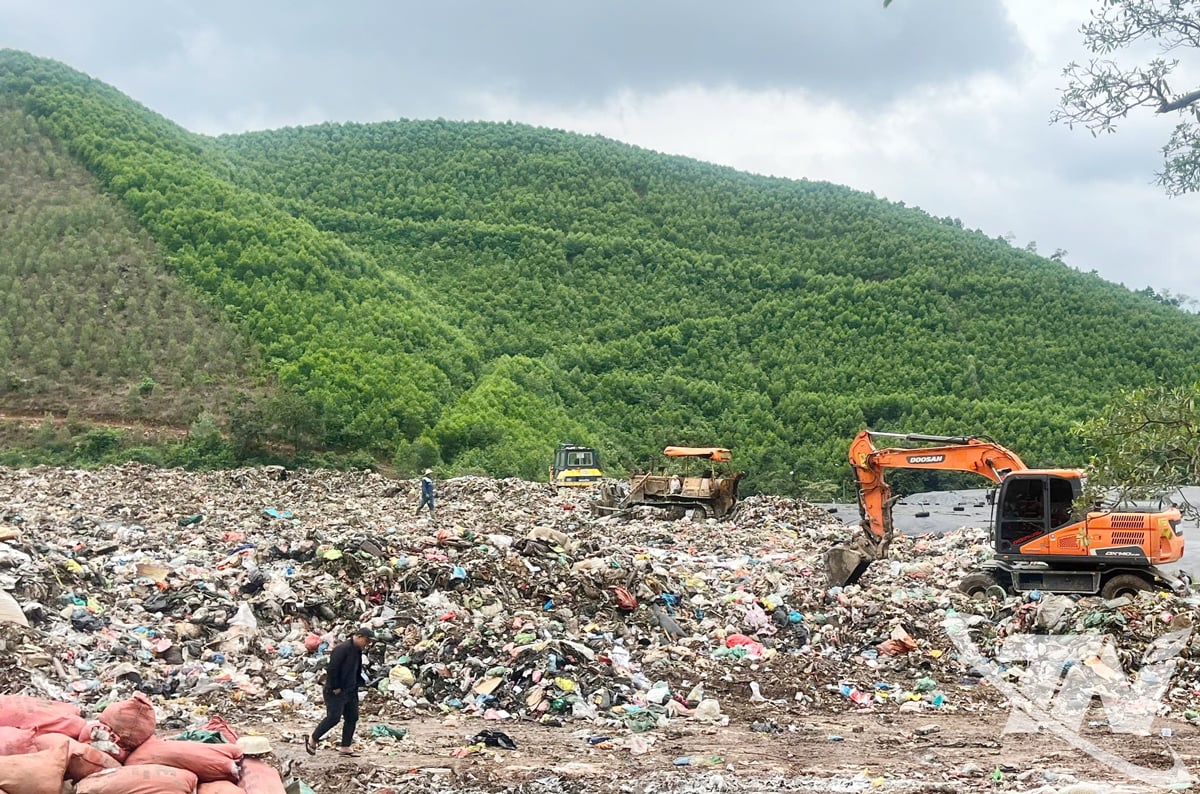 |
| The staging area of Da Mai Waste Treatment Plant. |
Thai Nguyen Urban Environment and Construction Joint Stock Company mobilized excavators, trucks and specialized vehicles to coordinate in gathering and shortening the transportation distance. Up to now, temporary garbage collection points have been cleaned and disinfected. Thanks to that, the urban environment is guaranteed, contributing to improving the quality of life and beauty of the neighborhood.
Race against time to process garbage
After the storm, at Da Mai Waste Treatment Plant, the amount of garbage collected at the landfill reached thousands of tons, becoming a major challenge in terms of technology and safety. Mr. Nguyen Van Viet, Director of Da Mai Waste Treatment Plant, said: Before the storm, the Plant had forecasted the amount of garbage, prepared materials and closely monitored the entire process, ensuring no re-pollution. Thanks to that, the large amount of garbage collected was quickly processed, minimizing the risk of pollution and disease and returning a clean environment to the urban area.
At the Thai Nguyen Environmental Company's waste treatment plant, the biggest problem is the amount of wet waste, mixed with heavy impurities such as wood, mud, fabric, plastic and metal. Mr. Nguyen Tien Dat, plant manager, said: Normally, the plant receives about 80-90 tons of waste every day, but after the storm, the amount of waste increased to nearly 100 tons, of which wet organic waste accounts for more than 70%. Wet waste reduces the capacity of the incinerator, affecting the quality of treatment.
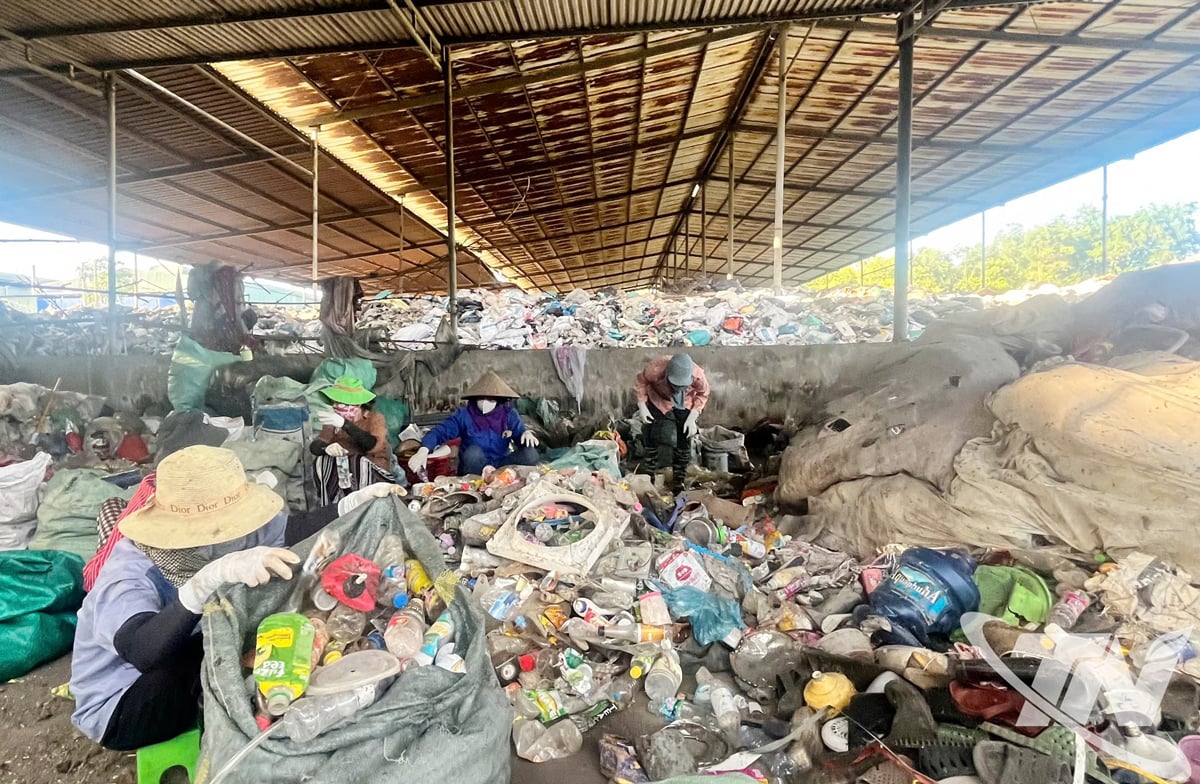 |
| Workers at the Thai Nguyen Environmental Company's waste treatment plant sort waste. |
To adapt, the Thai Nguyen Environmental Company's Waste Treatment Plant has adjusted its operating process to be flexible and closed: waste is automatically sorted, drained, and temporarily dried before being put into the furnace, then burned at temperatures from 850 to 900°C to ensure emissions meet environmental standards. Thanks to this process, even though the volume of waste has increased by one and a half times, the plant's processing capacity still reaches 50-60 tons per day, without prolonged backlog.
Not only Da Mai Waste Treatment Plant and Thai Nguyen Environmental Company, Song Cong Environmental Company Limited is also considered a bright spot in post-storm waste treatment.
Mr. Hoang Tri Thuc, Deputy Director of Song Cong Environment Company Limited, said: Although the amount of waste after the flood has increased, the company's waste treatment capacity is sufficient. All waste is sorted immediately upon receipt, flammable waste is put into a closed incinerator, and organic waste is composted to make bio-fertilizer, both taking advantage of waste sources and ensuring no environmental pollution.
From the reality of Thai Nguyen, we can draw experiences in the work of collecting and treating waste after natural disasters: Proactively forecasting and preparing vehicles, chemicals, and storage areas; synchronous coordination between the government, businesses, and people in collecting, transporting, and disinfecting; and applying advanced technologies such as classification, burning, and composting, reducing landfills, limiting pollution, and moving towards a circular economy .
Source: https://baothainguyen.vn/tai-nguyen-moi-truong/202510/than-toc-xu-ly-rac-sau-mua-lu-9f81687/



![[Photo] Draft documents of the 14th Party Congress reach people at the Commune Cultural Post Offices](https://vphoto.vietnam.vn/thumb/1200x675/vietnam/resource/IMAGE/2025/10/28/1761642182616_du-thao-tai-tinh-hung-yen-4070-5235-jpg.webp)


![[Photo] National Assembly Chairman Tran Thanh Man received a delegation of the Social Democratic Party of Germany](https://vphoto.vietnam.vn/thumb/1200x675/vietnam/resource/IMAGE/2025/10/28/1761652150406_ndo_br_cover-3345-jpg.webp)
![[Photo] Flooding on the right side of the gate, entrance to Hue Citadel](https://vphoto.vietnam.vn/thumb/1200x675/vietnam/resource/IMAGE/2025/10/28/1761660788143_ndo_br_gen-h-z7165069467254-74c71c36d0cb396744b678cec80552f0-2-jpg.webp)
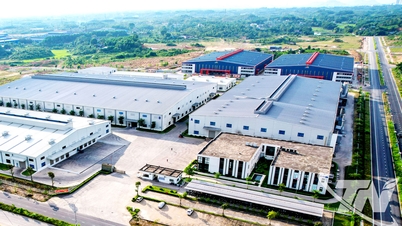
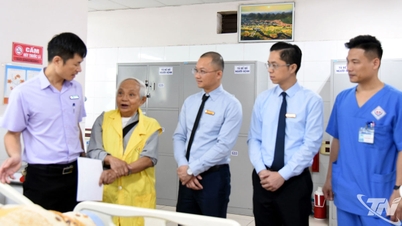




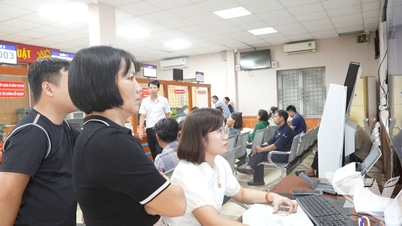
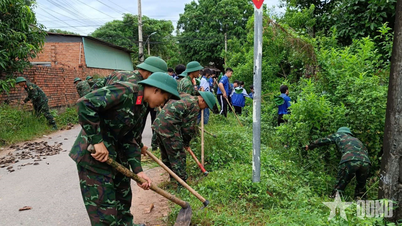

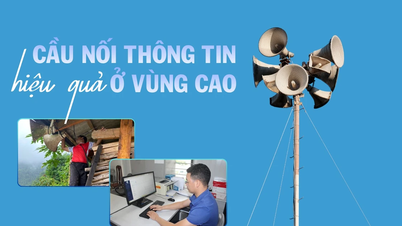

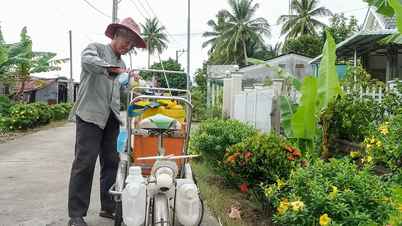

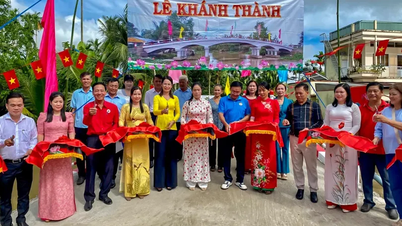

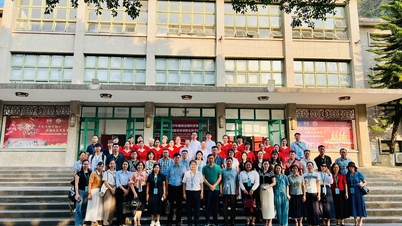

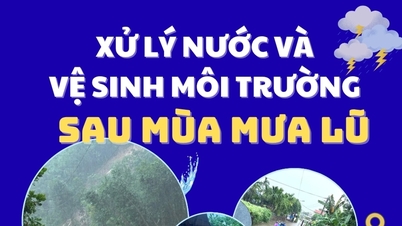





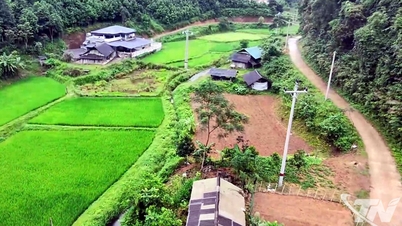
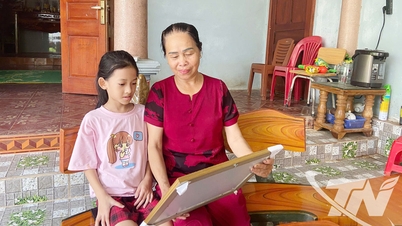
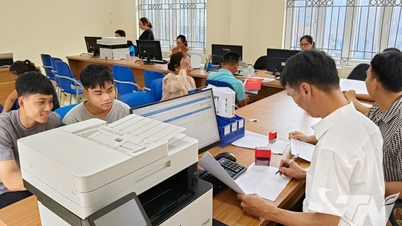
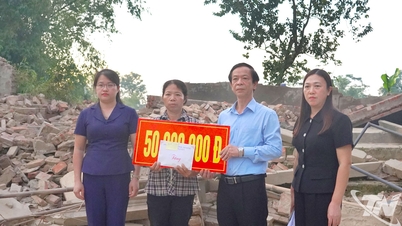

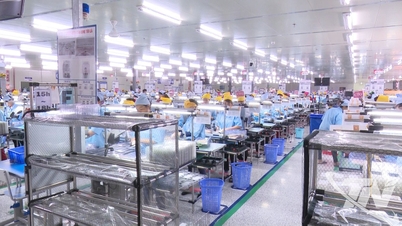

![[Photo] President Luong Cuong attends the 80th Anniversary of the Traditional Day of the Armed Forces of Military Region 3](https://vphoto.vietnam.vn/thumb/1200x675/vietnam/resource/IMAGE/2025/10/28/1761635584312_ndo_br_1-jpg.webp)














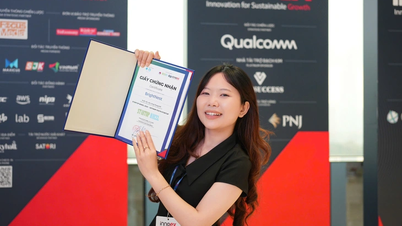
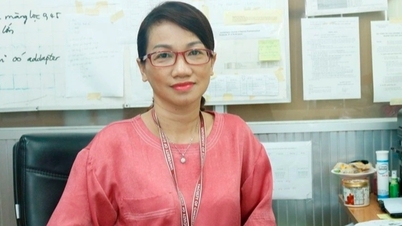



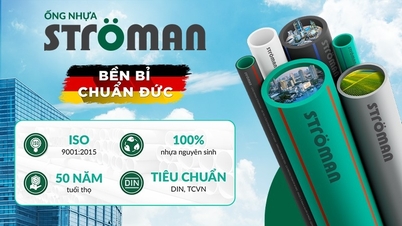

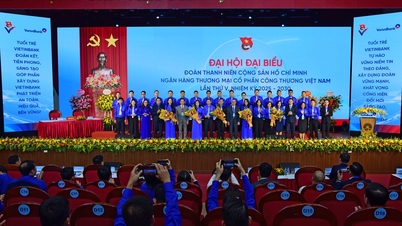
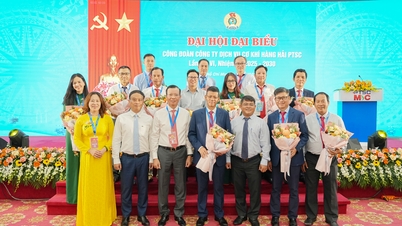
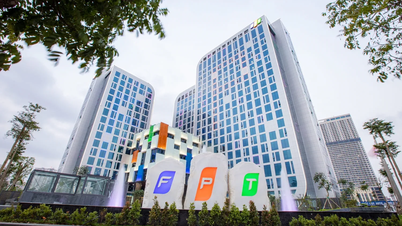
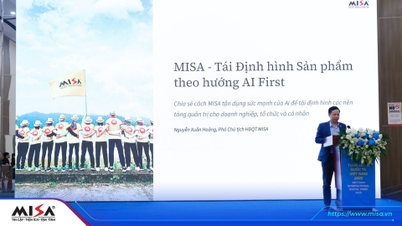







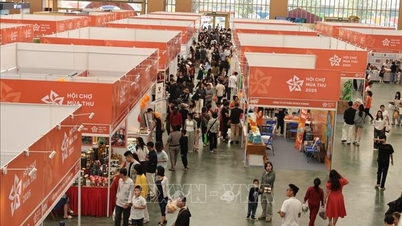

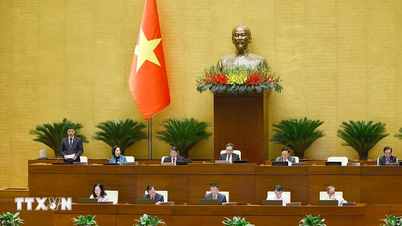

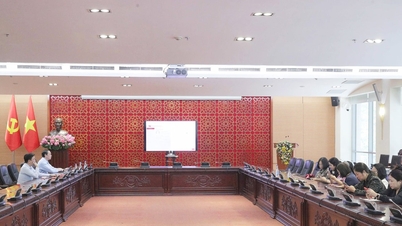

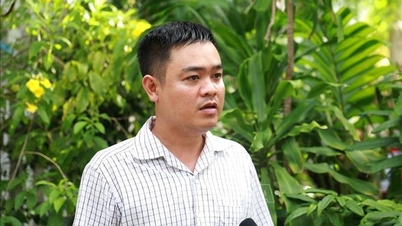




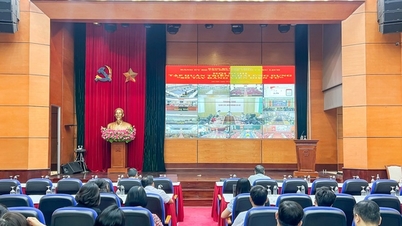



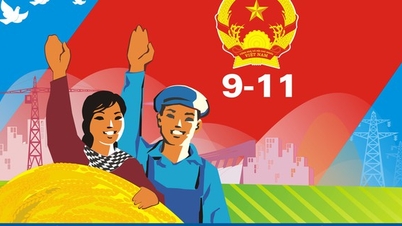
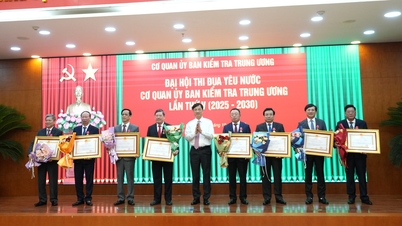

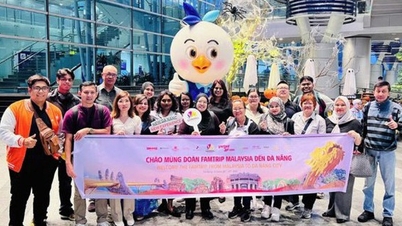
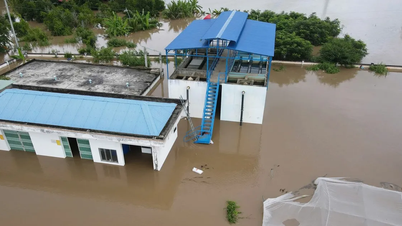


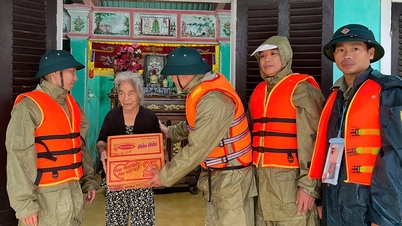

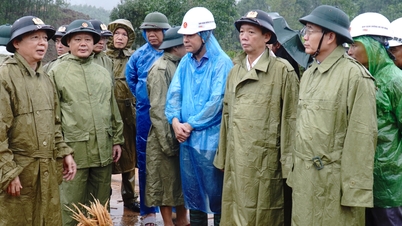
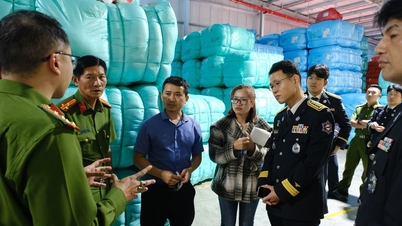

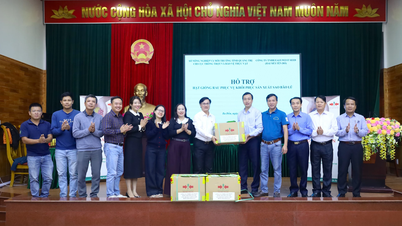
















Comment (0)